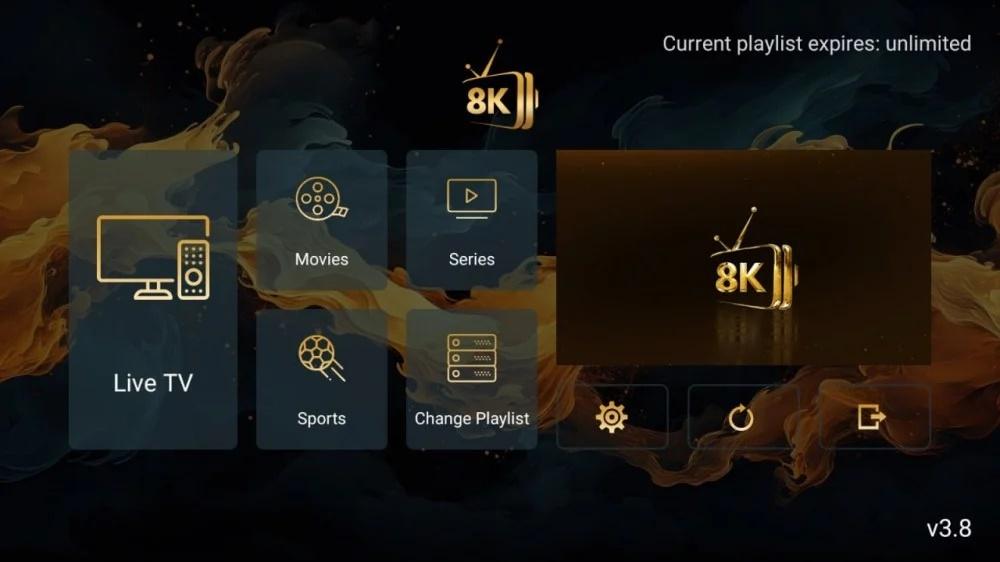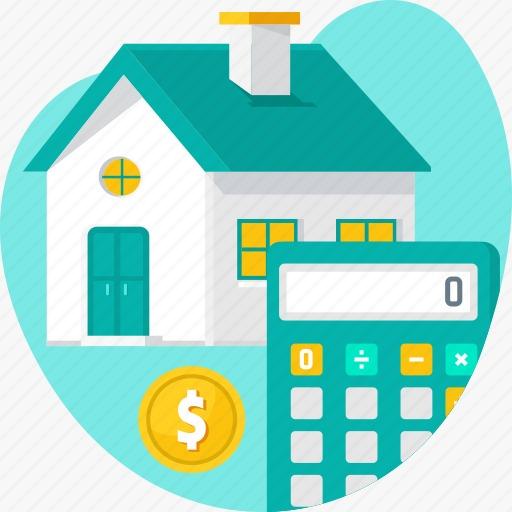Behind the Scenes of a Ride-Hailing App Like Uber
Ride-hailing apps have revolutionized the way people travel. With just a few taps, users can book a cab, get driver details, and make cashless payments. But have you ever wondered what goes on behind the scenes of a ride-hailing app like Uber? Building such an app is a complex process that involves real-time technology, user-friendly design, powerful algorithms, and seamless integration. This blog will explore what it takes to create an app like Uber, from its core components to its business logic and technical infrastructure.
Understanding the Business Model of Uber Like Apps
Before diving into the technical elements, it is essential to understand the business model of a ride-hailing app. The app acts as a mediator between riders and drivers. It charges a commission for each ride booked through the platform. There are other revenue streams as well, including surge pricing, cancellation fees, promotions, and partnerships.
Uber like apps typically operate with two interfaces – one for passengers and one for drivers. There is also a powerful admin dashboard to monitor and manage the entire ecosystem. The goal is to ensure efficiency, transparency, and safety for both drivers and riders while maintaining profitability for the platform owner.
Essential Features Required in a Ride-Hailing App
To create a successful ride-hailing app, you need to offer features that provide value to users and ease of operations for service providers. These include:
-
Real-time GPS tracking for route navigation and ride updates
-
Fare estimation before booking
-
Multiple payment methods including cards and wallets
-
Rating and review system for feedback and trust-building
-
Ride history and receipts for transparency
-
Push notifications for real-time updates
-
SOS and emergency buttons for safety
These features are the foundation of an efficient and reliable user experience, ensuring that both drivers and passengers are always informed and protected.
Technology Stack That Powers a Ride-Hailing App
Behind the simplicity of the user interface lies a powerful technology stack that supports real-time operations. The key components include:
-
Frontend built using React Native, Flutter, or Swift for mobile apps
-
Backend using Node.js, Python, or Java to handle server-side logic
-
Databases such as PostgreSQL or MongoDB to store user data securely
-
Real-time tracking using Google Maps SDK, Mapbox, or OpenStreetMap
-
Payment integration with services like Stripe, PayPal, and Razorpay
-
Cloud services such as AWS, Azure, or Google Cloud for storage and scalability
These technologies help deliver a responsive, fast, and scalable solution that can handle millions of users at the same time.
The Process of Creating an App Like Uber
To create an app like Uber, a systematic development process needs to be followed. It typically includes:
-
Requirement gathering and market analysis
-
UI/UX design creation for intuitive user experience
-
Backend and frontend development using the tech stack
-
Integration of APIs such as Google Maps and payment gateways
-
Testing to remove bugs and optimize performance
-
Deployment to app stores
-
Post-launch support and upgrades
Each stage requires collaboration between developers, designers, testers, and business analysts to ensure a fully functional and engaging ride-hailing app.
Real-Time Matching and Routing Logic Explained
One of the most critical features of a ride-hailing app is its ability to match riders with nearby drivers quickly. This involves:
-
Geolocation services to determine the location of users and drivers
-
Matching algorithms that identify the nearest available driver
-
Routing engines that compute the fastest or shortest route
-
Estimated time of arrival (ETA) based on traffic and road conditions
-
Dynamic pricing mechanisms that adjust fare rates based on demand
All of this is powered by machine learning and real-time data analytics. The app continuously fetches and processes user data to ensure an optimized match and timely service.
Safety Measures and Data Security in Ride-Hailing Apps
Safety is a top concern for ride-hailing platforms. Several features are integrated to ensure safety:
-
Driver verification and background checks
-
User authentication with OTP or biometric verification
-
In-app SOS features for quick alert to authorities
-
Trip tracking that can be shared with trusted contacts
-
End-to-end data encryption to prevent unauthorized access
-
Compliance with data privacy laws such as GDPR
These features build user trust and ensure that the platform maintains a high standard of responsibility and integrity.
Development Cost Factors and Business Considerations
One of the most frequently asked questions is about Uber like app development cost. The cost can vary significantly depending on several factors:
-
Complexity of features such as real-time tracking, multi-language support, etc.
-
Number of platforms including Android, iOS, and web
-
Level of customization and UI design preferences
-
Geographical location of development team
-
Third-party integrations like maps, payments, analytics, etc.
On average, a basic MVP version of a ride-hailing app can cost between twenty thousand and fifty thousand dollars. A more complex and fully featured app may go beyond one hundred thousand dollars. Therefore, budget planning should align with business goals and long-term growth strategy.
Alternatives to Custom Development for Faster Launch
Not every business has the budget or time to develop a ride-hailing app from scratch. In such cases, options like Readymade app solutions or white-label platforms can be a smart alternative. These apps come with prebuilt features and only require minimal customization.
Collaborating with a Clone App Development Company allows startups and entrepreneurs to get to market faster without compromising on quality. It also reduces the initial investment and accelerates ROI. However, choosing the right partner with experience and proven results is essential to ensure product quality.
Future Trends in On Demand Ride-Hailing Applications
The ride-hailing industry is rapidly evolving. Staying ahead of the curve means adopting the latest trends and technologies. Some emerging innovations include:
-
Electric vehicles integration for sustainable travel
-
AI and machine learning for better ETA and demand prediction
-
Voice command features for hands-free booking
-
Subscription models for frequent riders
-
Decentralized ride-sharing networks using blockchain
-
In-app entertainment and advertisements
With increased competition and user expectations, continuous improvement is the key. Businesses entering this field should consider working with an experienced On demand App Development partner to remain competitive and innovative.
Conclusion
Creating an app like Uber is not just about developing a booking interface. It requires a solid understanding of business operations, deep technical expertise, a user-first approach, and a commitment to safety and innovation. Whether you are a startup looking to disrupt the market or an established business expanding services, investing in the right technology and team can make all the difference.
By learning the behind-the-scenes operations and challenges, businesses can make informed decisions and build a ride-hailing app that is not only functional but also scalable and future-ready.






